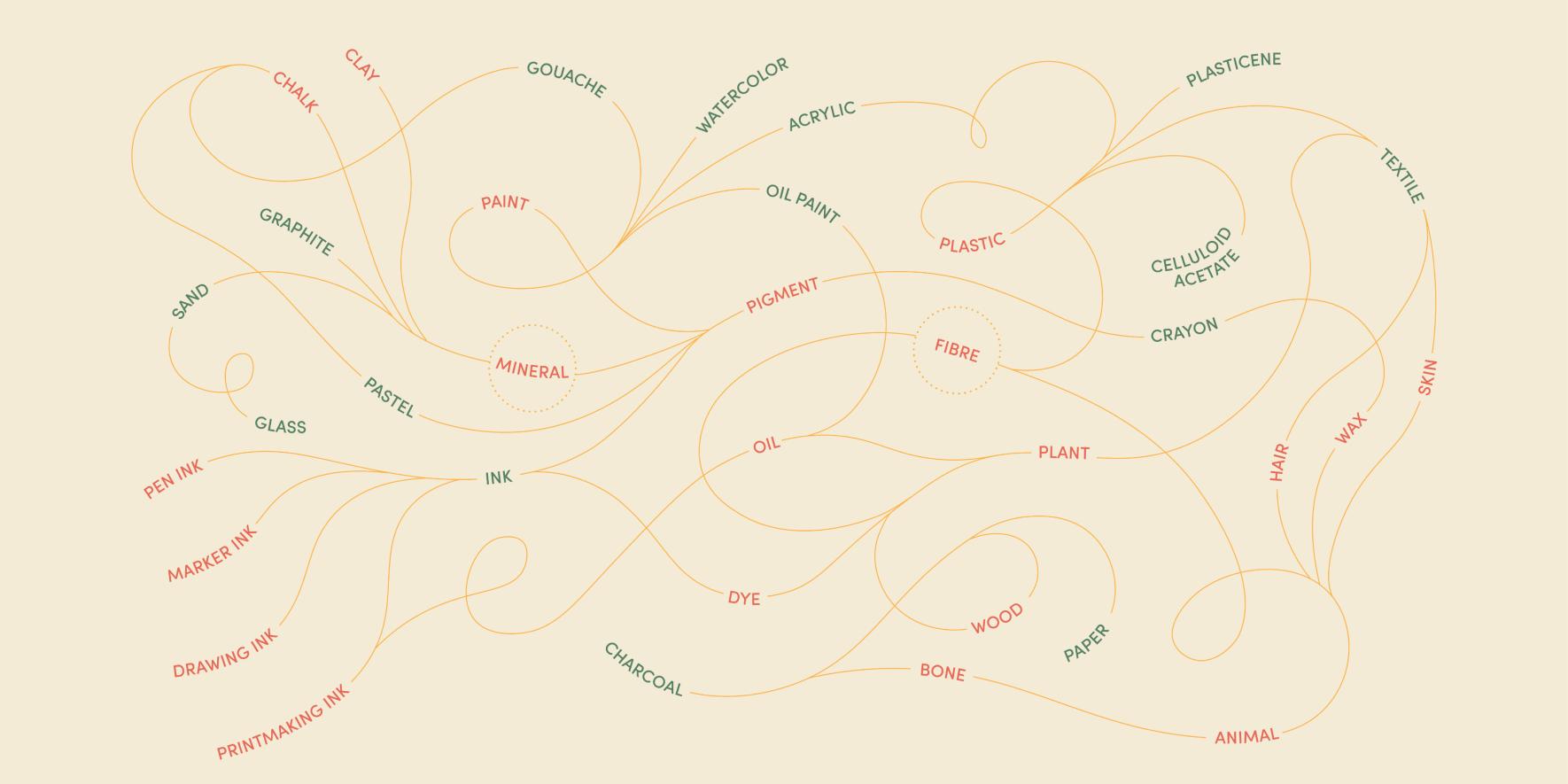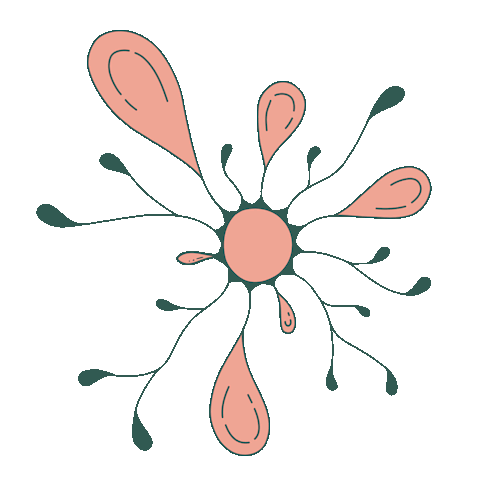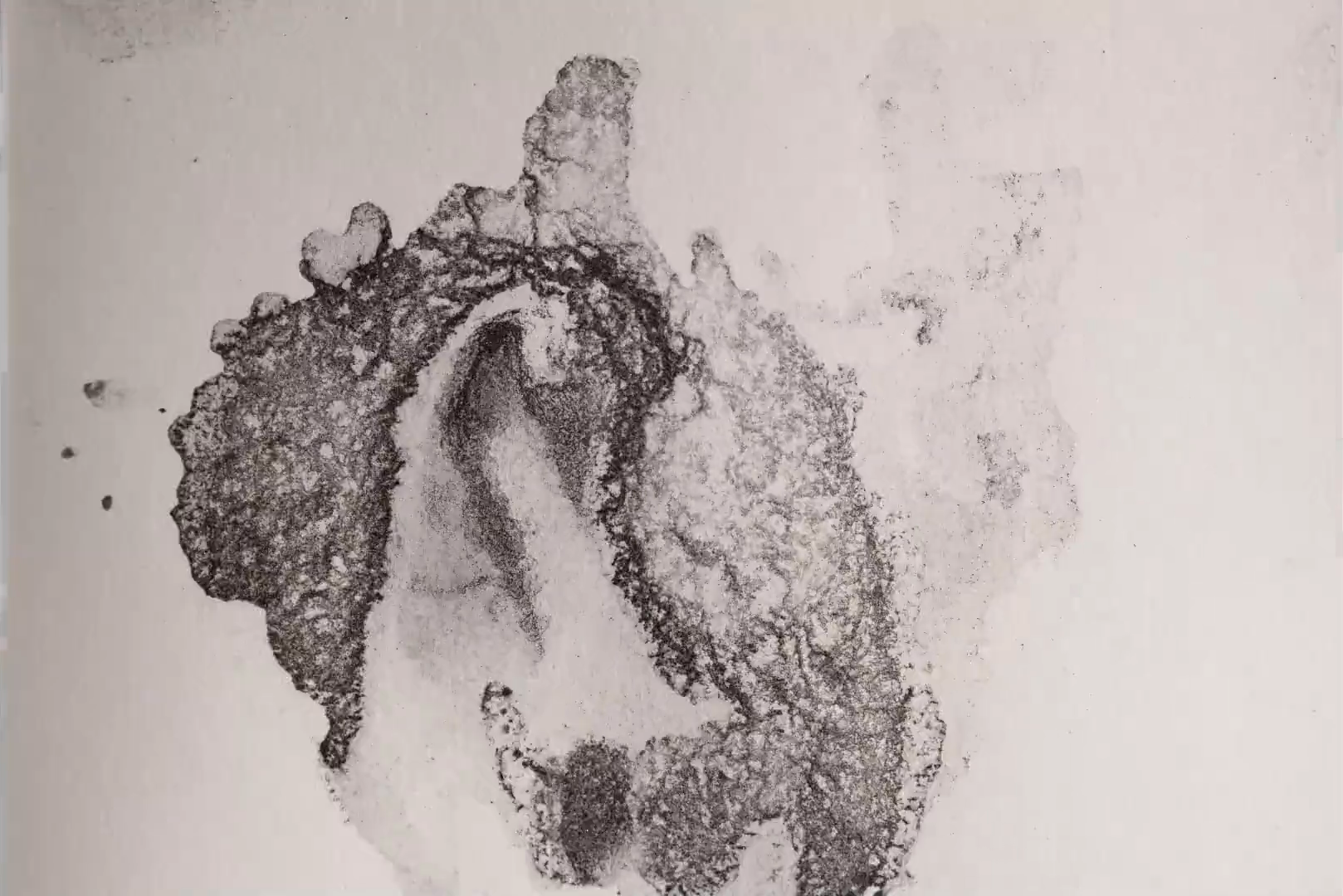Material Exploration
How did different materials shape the industrial, cultural, and artistic history of animation? The workshop’s material library looks at the science and art of key animation materials.
Art and Science of Animation Materials
The production of analog animation has always depended on materials such as paper, graphite, ink, and celluloid acetate, while stop-motion animators have relied on clay, wood, and sand. Contemporary digital animation also relies on material studies to simulate naturalistic fluids, synthetic fibres, and build complex landscapes and textures. The immersive environments of digital animation would be impossible without knowledge gained from close attention to the natural world.
These materials are often overlooked, in order to sustain animation’s myth of immateriality. In both analog and digital animation, materials are used to construct the illusion of a real world on screen at the expense of hiding the raw, physical armature that sustains it. Classical animation studios often took pains to hide traces of materials like ink and paint, whereas contemporary computer animation embraces the vaporous Cloud as a metaphor for what scholar Esther Leslie calls a “synthetic heaven.”

Neglecting animation’s material foundation carries both critical and ecological consequences. It denies the environmental stakes of animation production in the context of contemporary climate change, and it misses opportunities to use animation’s close relationship with materials to explore their cultural and ecological impact. Taking up this challenge, our small-yet-growing material library turns to materials as key knowledge collaborators. Each material is accompanied by a brief introduction to its chemical and physical properties, notes on its role in art history, as well as more details about its key contributions to the history of animation.
Responding to materials as creative collaborators endows them with what philosopher and scientist Karen Barad calls “response-ability,” or the ability to respond. In the context of irresponsible and unsustainable resource extraction, Barad writes that “it may well be the inhuman, the insensible, the irrational and unfathomable, and the incalculable that will help us face the depths of what responsibility entails.”
-
Graphite
A lightweight, versatile, and erasable material, graphite is the ultimate medium of the work-in-progress. Although graphite has been essential to planning, sketching, and note-taking for centuries, it is often dismissed and overlooked due to its impermanence.
Media Catalogue
How does animation activate the dynamic and sensory qualities of different materials? Our curated media catalogue highlights films and multimedia works with compelling material sensibilities.
Browse Catalogue
